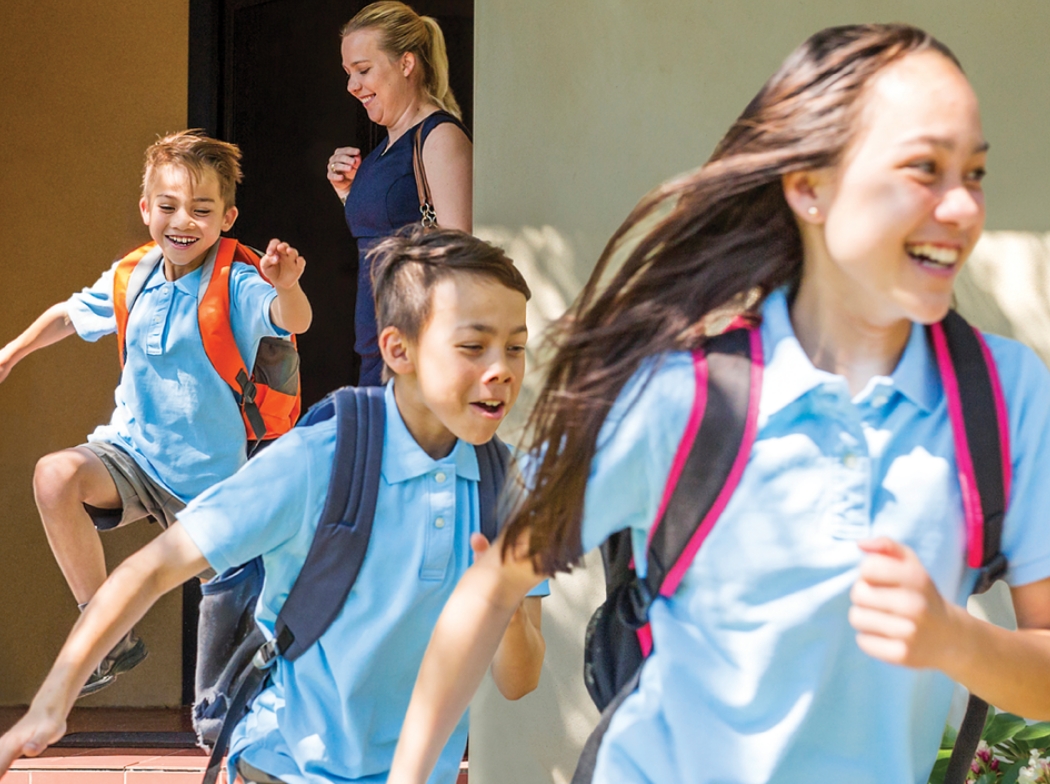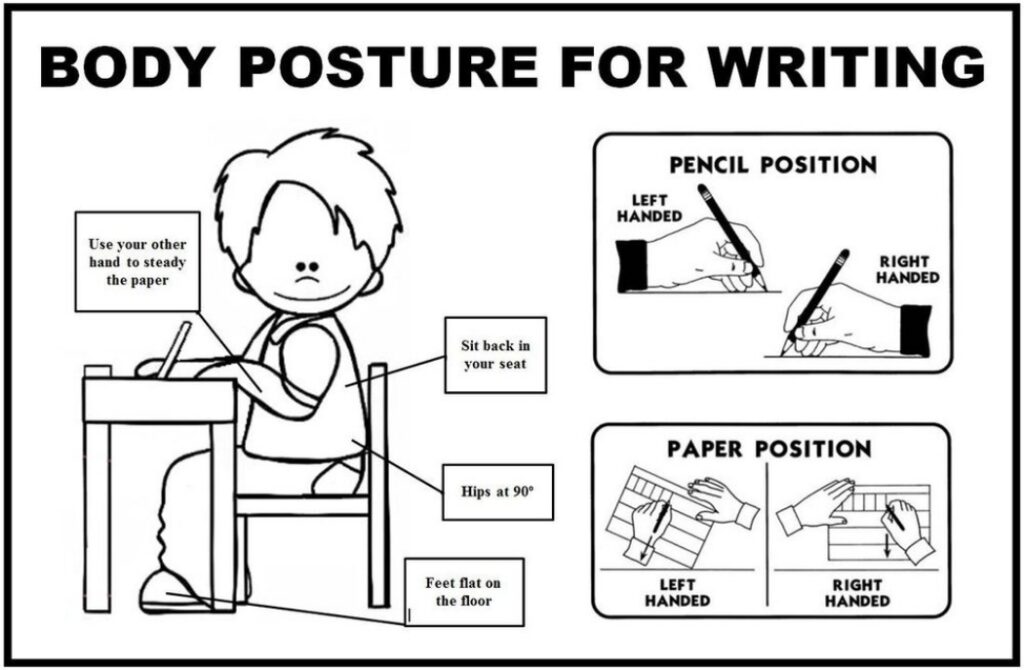Get Back Into the Back to School Routine

Our occupational therapists at Bullseye Sensory Clinic have put together a selection of tips to help you and your family get back into the back to school routine!
Create a visual representation of morning or after school schedules.
Visual schedules provide sequential information in the form of images or symbols. Visual schedules can often help children better understand an upcoming plan, the order in which they will occur, while providing predictability and structure. They are also great for encouraging independence and reducing the dependence on parents. We love this idea from The OT Toolbox of creating routine story stones.

Image credit: OT Toolbox
And Next Comes L also have a free printable daily visual wall schedule that can be found here.
Using checkboxes to tick off a task once complete can assist in strengthening your child’s self-esteem and provide a sense of accomplishment when they can see a task is complete.
Start the day with regulation.
Incorporate an activity in your morning routine to help your child get their body moving, stimulate the brain, and get ‘switched on’ for the day. Find an activity that works for regulating your child; some kids may need a jump on the trampoline, others may need an activity that works on mindfulness and calm breathing.
Check they have the right equipment for their needs.
Does your child’s backpack fit correctly? Look for a backpack with two straps that are adjustable and padded. Make sure the straps are adjusted so the weight is distributed evenly across both shoulders and the bottom of the backpack rests against the lower back, not lower than the hips.
Does your child struggle with holding their pencil? There are a variety of pencil grips to help with grasp and reducing hand fatigue or pain; these should be discuss with an occupational therapist to find out if they suitable solution for your child.
Organise a homework area.
Where possible, provide an area away from clutter and distractions, such as toys and screens. Sitting with a good posture for writing increases stability and can increase attention and focus. Have your child seated close to the table with both feet flat on the ground. If your child is struggling to concentrate or is fidgeting, incorporate a short movement break or take a sip of water.

Image credit: MarD Teaching Posters
- 09 Apr 2025 Pattern Glare and Sensory Overload: Why Shopping Centres Can Be a Nightmare – and How Neuro-Optometry Can Help
- 02 Apr 2025 How Paediatric Optometry Supports Neurodivergent Children in Perth: A Holistic Approach at Bullseye Clinic
- 13 Dec 2024 2024 Christmas Trading Hours
- 10 Dec 2024 Struggling with Vision Problems? It Could Be Binocular Vision Dysfunction
- 29 May 2024 Enhancing Vision and Care – Exciting Updates



Ready to Book an Appointment?
Our experienced and friendly team are ready to help you and answer any questions you might have.
Book a Consultation

